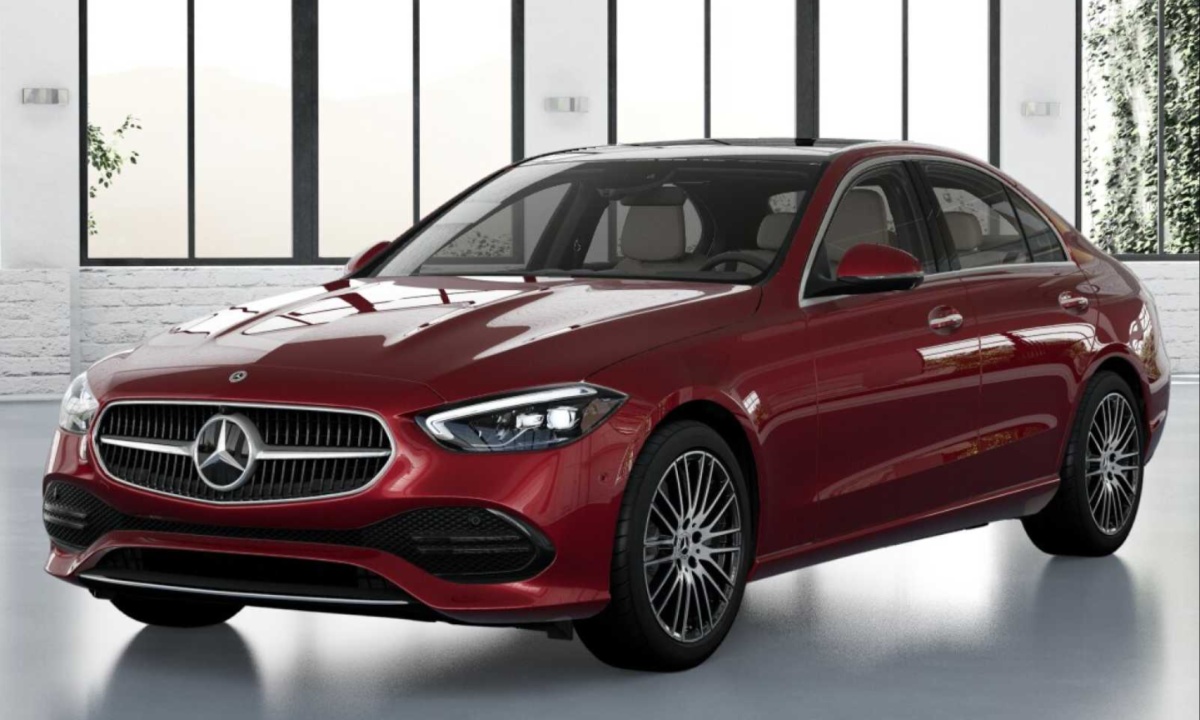In today’s car market, trim level choices can significantly impact a vehicle’s sales performance. While manufacturers often promote their top trims with all the bells and whistles—like panoramic sunroofs, advanced driver aids, and premium audio systems—those top-tier options don’t always translate to the highest sales.
In fact, for many models, it’s the base trim that quietly dominates dealership lots and customer driveways. Lower price points, simpler tech, and fewer maintenance concerns make them attractive to budget-conscious or practically-minded buyers.
Yet, the opposite scenario is just as common. For other models, the base trim is little more than a placeholder. It’s the bare-bones version that rarely leaves the lot, acting more as a marketing tool to advertise a “starting price” that few actually pay. In those cases, the top trims reign supreme, offering the features most buyers actually want.
Understanding which cars succeed with their base trims and which don’t reveals a lot about consumer behavior, dealership strategies, and the fine balance automakers must strike in spec and pricing.
In this article, we’ll explore five vehicles where the base trim outsells the top-tier models, followed by five where buyers overwhelmingly prefer the higher-end versions, diving into the details that influence each trend.
Also Read: 5 Cars That Are Great for Uber Drivers and 5 That Kill Your Earnings
5 Base Trims That Sell Better Than Top Trims
While premium packages and fully loaded variants tend to get the spotlight in marketing campaigns, the reality on the showroom floor is often very different. For many vehicles, the base trim is where the real sales happen.
These entry-level configurations often serve as the volume sellers, allowing automakers to reach a broader audience that prioritizes value over luxury.
They’re the bread-and-butter models for dealerships, helping to move inventory quickly while offering customers just enough features to satisfy modern expectations without overwhelming them—or their budgets.
What makes certain base trims more desirable than their fully loaded counterparts? It typically comes down to affordability, simplicity, and practicality.
Buyers seeking a reliable commuter car or a second vehicle for the household often don’t need—or want—the added complexity of adaptive suspensions, high-maintenance infotainment systems, or luxury materials that inflate the price but not the utility.
For fleet managers and rental agencies, base trims also represent the best return on investment due to lower acquisition and maintenance costs.
In this section, we’ll highlight five vehicles where the base trim outsells the top-tier variant. This includes well-known nameplates where the starting model offers just the right balance of features and affordability to dominate sales.
Each case demonstrates how manufacturers have successfully nailed the formula for entry-level appeal—sometimes to the point where customers are bypassing the premium trims entirely.
We’ll look at why these base trims hit the sweet spot for buyers and how each vehicle’s packaging, reputation, and market strategy contribute to the trend.
These aren’t just budget cars—they’re smart, strategic choices that resonate with real-world buyers. Let’s take a closer look at the five base trims that consistently outperform their upscale siblings in the sales race.
1. Toyota Corolla LE
The Toyota Corolla is synonymous with reliability, efficiency, and mass appeal—but it’s the LE trim, not the more luxurious XSE or XLE, that dominates in terms of volume.
While Toyota technically offers an even lower trim (the L) in some past model years, the LE has become the effective base for most retail consumers. It consistently outsells the higher trims thanks to its optimal blend of affordability and must-have features.
The Corolla LE offers standard equipment that aligns closely with what mainstream buyers want: Apple CarPlay and Android Auto, LED headlights, Toyota’s Safety Sense suite with adaptive cruise control and lane keeping, and a comfortable interior with cloth seating.
Crucially, it does all this at a significantly lower price than the top trims, often undercutting them by several thousand dollars. For many shoppers—especially first-time buyers, commuters, and families looking for a second car—this hits the sweet spot.
The higher trims like the XSE offer sportier styling, larger wheels, and synthetic leather interiors, but these upgrades don’t always justify the price jump for value-oriented consumers.
Buyers in this segment are often more concerned with long-term cost of ownership, fuel economy, and reliability than upscale amenities. With a fuel-sipping 2.0-liter engine, the LE delivers impressive MPG numbers while keeping insurance and maintenance costs low.
Additionally, dealers often stock the LE trim in greater numbers, further reinforcing its popularity. It’s also a go-to option for fleet sales—like rideshare drivers and rental companies—which dramatically boosts its overall sales numbers.

Even for private buyers, Toyota’s reputation for durability ensures that the LE trim offers a no-nonsense experience with resale value that stays strong over time.
The Toyota Corolla LE succeeds because it understands its market. It doesn’t pretend to be upscale—it’s designed to be useful, comfortable, and affordable. That’s exactly what many people want, and they’re buying it in droves.
2. Ford F-150 XL
The Ford F-150 has long reigned as America’s best-selling vehicle, and while Ford offers high-end variants like the King Ranch, Platinum, and Limited trims, it’s the humble XL that often does the heavy lifting when it comes to total units sold. Especially in fleet, work, and utility segments, the F-150 XL base trim is a volume juggernaut.
Priced significantly below the mid and top-tier models, the F-150 XL appeals to contractors, small business owners, municipalities, and individual buyers who prioritize functionality over frills.
The XL comes with a strong engine lineup—often including the 3.3L V6 or optional EcoBoost options—and includes the essentials: a durable vinyl or cloth interior, rearview camera, Ford’s Co-Pilot360 safety suite, and rugged steel wheels. It’s built to be used, not pampered.
A key driver behind the XL’s sales success is fleet ordering. Many companies buy dozens or even hundreds of base model trucks at a time for work purposes. The simplicity of the XL makes it easy to maintain, cheap to insure, and quick to turn over at resale.
That reliability factor matters enormously for organizations whose bottom lines depend on keeping vehicles in service.
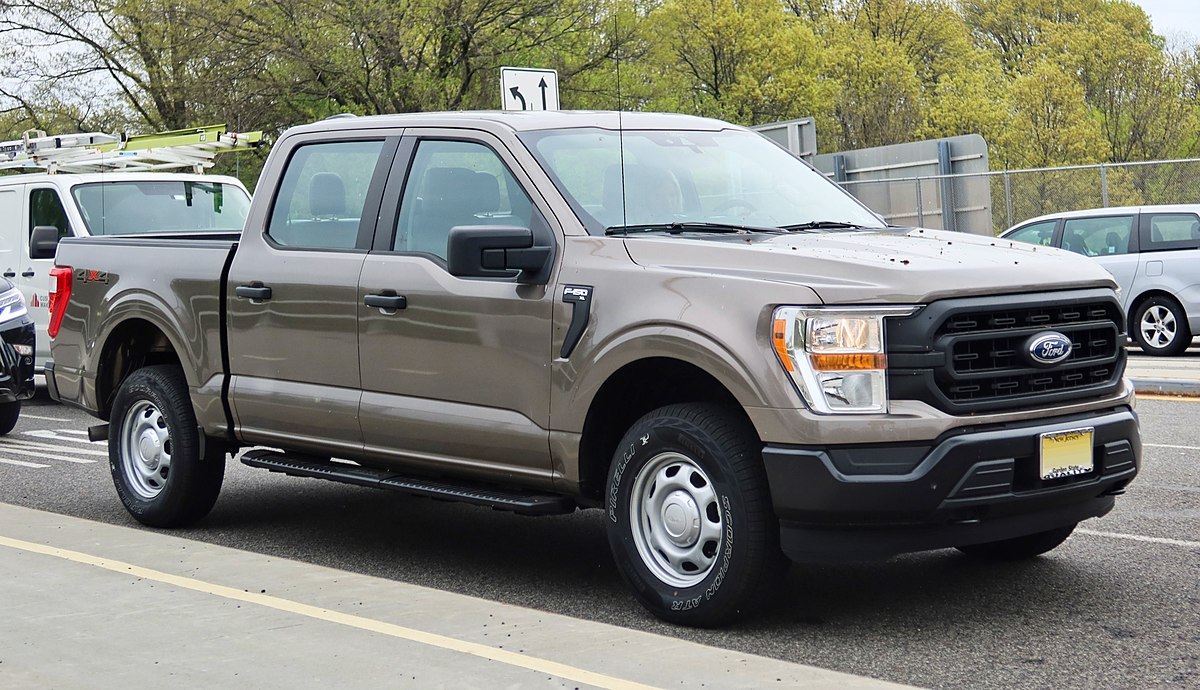
Even among retail buyers, the XL has found appeal. With used car prices rising and truck prices ballooning, more buyers are realizing they can get the capability of an F-150—towing, payload, and durability—without spending upwards of $70,000 on a top trim.
For many, a work truck that can double as a daily driver or weekend hauler is more than enough.
Top trims may feature leather seats, digital gauges, and massaging chairs, but for thousands of buyers, those features are unnecessary. What they want is a dependable, powerful truck at the lowest possible price. The F-150 XL delivers on that promise and leads in sales as a result.
3. Honda Civic LX
The Honda Civic has long been a benchmark in the compact car segment, offering a combination of reliability, fuel efficiency, and solid driving dynamics.
While top trims like the Touring or Sport Touring pack in upscale features such as a premium sound system, navigation, and leather upholstery, it’s the LX—the base trim—that frequently leads in sales across dealerships nationwide.
The Civic LX is compelling because it delivers the core Honda experience without pushing buyers into a higher tax bracket.
Standard equipment includes a responsive 2.0-liter engine, Honda Sensing safety suite (which includes adaptive cruise control, lane keeping assist, and collision mitigation braking), LED lighting, and a clean, comfortable cabin with modern tech like a digital display and Bluetooth connectivity. For the average buyer, this is more than enough.
Retail customers often gravitate toward the LX because of its approachable MSRP, which undercuts the top trim by as much as $8,000. That price gap matters, especially for younger buyers, college students, or families buying a second car.
It allows them to get into a well-respected, long-lasting vehicle without committing to high monthly payments or expensive add-ons they may never use.
Another advantage of the Civic LX is its excellent fuel economy and reputation for low maintenance costs. Insurance premiums are also lower due to the absence of high-end tech that can be costly to repair.
These factors combine to make the LX an incredibly pragmatic option for real-world drivers who prioritize value and dependability.

Dealers also tend to push the LX trim in marketing and fleet sales due to its broad appeal and ease of financing. It’s commonly found in rental fleets and ride-sharing services, which further drives up its visibility and sales volume.
While top trims may attract enthusiasts or buyers looking for luxury on a compact scale, the Civic LX consistently outsells them because it represents a smart financial decision.
It embodies the Civic’s core mission: reliable transportation with no unnecessary excess—and that’s exactly what keeps it in high demand.
4. Hyundai Elantra SE
In the compact sedan segment, the Hyundai Elantra SE has quietly become one of the most popular base trims in the market.
Despite Hyundai offering higher trims like the SEL, Limited, and N Line with more advanced features and performance tuning, the SE remains the sales leader—especially for customers prioritizing price, warranty coverage, and low operating costs.
One reason for the SE’s success is its surprising level of standard equipment. For a base trim, it comes impressively equipped with an 8-inch touchscreen, wireless Apple CarPlay and Android Auto, forward collision-avoidance assist, lane keeping assist, and driver attention warning.
These features—often absent in base models of other brands—make the SE a highly competitive entry point for budget-conscious buyers.
Fuel economy is another draw. The SE’s 2.0L 4-cylinder engine, paired with Hyundai’s Intelligent Variable Transmission (IVT), delivers excellent efficiency—often exceeding 40 mpg on the highway.
Combined with Hyundai’s industry-leading 10-year/100,000-mile powertrain warranty, this makes the Elantra SE a compelling long-term investment.
Higher trims like the Limited offer luxuries such as leather seating, built-in navigation, and digital gauges. But these come at a price premium that many buyers find unnecessary, especially when the SE already covers key safety and tech needs.
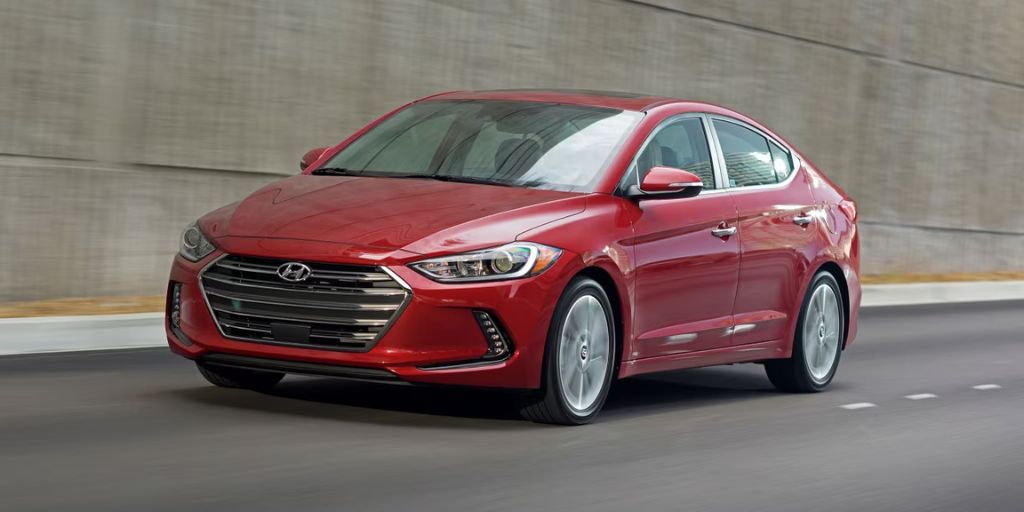
The simplicity of the base model also means fewer things to go wrong, which appeals to buyers looking for a dependable commuter or first car for a new driver.
Fleet and rental sales further boost the SE’s numbers. It’s a favorite among rental agencies for its low cost of ownership and ease of turnover, helping Hyundai push volume even when retail demand fluctuates. Dealers also tend to keep the SE in greater supply due to its high turnover rate and financing flexibility.
Ultimately, the Elantra SE’s popularity is a product of smart packaging and Hyundai’s keen understanding of its audience. It’s not just a stripped-down version—it’s a complete vehicle at a competitive price, which is why so many buyers choose it over more luxurious trims.
5. Subaru Outback Base
Subaru’s Outback is a unique player in the crossover/SUV space—part wagon, part SUV—and has carved out a loyal customer base over decades.
While higher trims like the Touring XT and Limited offer leather seats, turbocharged engines, and larger infotainment systems, it’s the base trim that continues to move in large numbers. In fact, for many buyers, the base model offers the perfect blend of rugged utility, comfort, and value.
At its core, the Outback base trim is anything but barebones. It comes standard with all-wheel drive, which is a hallmark of Subaru’s identity.
It also includes Subaru EyeSight, the brand’s advanced driver-assist suite that offers adaptive cruise control, lane centering, and pre-collision braking.
You also get dual 7-inch touchscreens, Android Auto, Apple CarPlay, and automatic climate control—all features that many rivals charge extra for on mid-level trims.
The Outback base trim appeals to adventure-minded buyers who want a capable vehicle without indulging in luxury pricing.
It delivers 8.7 inches of ground clearance, a generous cargo area, and standard roof rails with integrated crossbars—everything needed for outdoor gear or road trips. For the majority of buyers, that’s exactly what they’re looking for: a durable, adventure-ready wagon that doesn’t go over budget.
Subaru’s brand loyalty plays a major role here too. Long-time owners often stick to base or lower trims when upgrading, knowing that the essentials are already included.

Additionally, the naturally aspirated engine on the base model is simpler and more fuel-efficient compared to the turbocharged XT engines found in top trims, leading to lower operating costs over time.
Another factor contributing to base trim dominance is Subaru’s restrained pricing strategy. The jump in cost from base to Limited or Touring trims is substantial—often $7,000 or more—without a proportional increase in capability. As a result, many buyers feel confident sticking with the base version.
Ultimately, the Subaru Outback base trim is a case study in intelligent design and feature inclusion. It offers what real-world drivers need and skips the extravagance. That’s why, year after year, it outsells the more luxurious trims.
5 Base Trims That Don’t Sell Better Than Top Trims
While base trims often appeal to practical shoppers, not every entry-level offering dominates the sales chart. In many cases, automakers have engineered their top trims to deliver far more value, luxury, and appeal—making them the more popular choice despite their higher price.
These vehicles are examples where buyers consistently bypass the base model in favor of the well-appointed upper trims, sometimes even skipping the mid-tier altogether.
There are several reasons for this trend. First, some base trims are simply too stripped down—offering steel wheels, limited infotainment options, and barren interiors that feel like compromises rather than cost-effective decisions.
In an era where buyers expect even compact vehicles to come with touchscreen displays, wireless charging, and advanced driver-assistance features, an under-equipped base model can feel out of touch.
Additionally, many automakers deliberately withhold popular features from base trims to encourage upselling—a strategy that often works.
Top trims also benefit from dealer inventory decisions and marketing strategies. Dealers may stock more high-end models due to better profit margins and buyer demand for premium features.
Financing incentives and lease deals often make the cost difference between trims negligible on a monthly basis, making the top-tier versions more attractive than they might seem on paper.
In this section, we explore five vehicles where the base trim doesn’t rule the sales charts. Whether due to missing features, lackluster materials, or an overwhelming preference for premium packages, these base models take a backseat to their upscale siblings.
In each case, the sales figures and consumer preferences reveal a clear tilt toward the upper end of the trim ladder—proof that not all base trims are created equal, and in some lineups, buyers are more than willing to spend for something better.
1. Toyota Highlander L
The Toyota Highlander is a perennial favorite among midsize SUV buyers, offering seating for up to eight passengers and a reputation for reliability.
However, when it comes to trim preferences, the base L model is consistently overshadowed by its higher siblings—especially the XLE and Limited trims. While the Highlander L provides a point of entry into the model lineup, it’s not the configuration most buyers choose.
The L trim exists largely to hit a low starting price point, but it sacrifices too much in the process.
For starters, it lacks key features such as a power liftgate, power-adjustable passenger seat, larger touchscreen, and even roof rails—items that many families expect in a three-row SUV.
It also has a less premium interior finish and omits upgrades like heated seats and sunroof options. The combination of these omissions leaves the L feeling sparse compared to the XLE, which strikes a better balance between cost and features.
What truly separates the top trims from the L, though, is Toyota’s hybrid powertrain availability and luxury touches.

Most buyers who opt for higher trims like the Limited or Platinum are drawn by features like ventilated front seats, 12.3-inch infotainment screens, JBL audio, and an available panoramic moonroof. These additions transform the Highlander from a functional people mover into a near-luxury vehicle.
In terms of sales data, Toyota’s own reporting and dealership trends consistently show higher demand for the XLE and Limited trims. The L, by contrast, is rarely stocked in large numbers at dealerships.
Buyers are often steered toward higher trims by sales reps who emphasize the better value in the feature-per-dollar equation. Additionally, Toyota’s own promotional materials and leasing deals frequently highlight mid or upper trims—not the L.
Ultimately, the Highlander L is a victim of its own cost-cutting. While it may appeal to price-conscious shoppers on paper, most families shopping in the midsize SUV segment prefer the added convenience and comfort that the XLE and above provide. As a result, the base L trim consistently lags in sales and visibility.
2. BMW 3 Series Sedan (320i)
The BMW 3 Series is a benchmark luxury sport sedan, known for its performance, refinement, and brand prestige.
However, the base trim—typically badged as the 320i—is often the least popular choice among buyers, who overwhelmingly prefer the higher trims such as the 330i and M340i.
While the 320i offers BMW’s signature driving dynamics and build quality, it lacks many of the features that have become expected in the luxury segment.
One major factor is the 320i’s underpowered engine. Equipped with a smaller turbocharged 2.0-liter four-cylinder producing around 180 horsepower, it falls short of the more powerful 248-horsepower 330i and the M performance variants.
For buyers seeking the 3 Series, performance is a key selling point, so many opt for trims that deliver stronger acceleration and enhanced handling capabilities.
The base trim also comes with fewer standard luxury and tech features. It lacks premium items such as adaptive suspension, upgraded leather upholstery, premium audio systems, and advanced driver assistance packages.
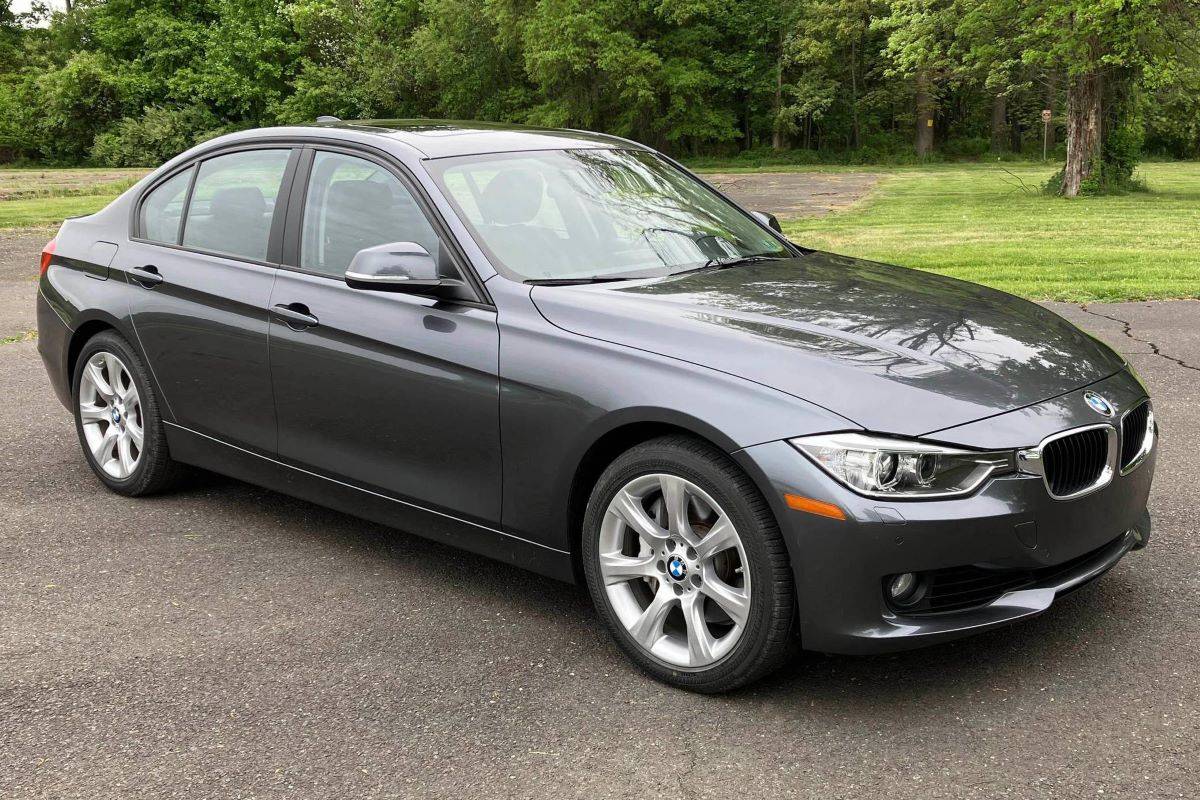
In a segment where buyers expect a comprehensive suite of creature comforts and safety tech, the 320i’s relatively sparse equipment list makes it less attractive.
Pricing is another consideration. The price difference between the 320i and 330i is often modest when factoring in dealer incentives and financing deals. This makes upgrading to the more powerful and better-equipped 330i an easy decision for many.
Moreover, BMW markets its 3 Series heavily around the sportier trims and the M Performance models, which further diminishes demand for the base 320i. Dealer inventories tend to stock more mid to high trims, reflecting market preferences.
Ultimately, while the 320i represents the entry-level gateway into BMW ownership, it doesn’t hold its own in sales against the more capable and feature-rich trims.
Buyers willing to spend on a luxury sedan prioritize performance and amenities, and the base 3 Series trim doesn’t meet those expectations, causing it to lag in sales.
3. Mercedes-Benz C-Class C300
The Mercedes-Benz C-Class is one of the most recognizable names in the luxury compact sedan market. The base C300 trim acts as the entry point, offering Mercedes’ renowned craftsmanship and a comfortable ride.
However, when it comes to actual buyer preference, the base trim does not hold the sales crown. Buyers overwhelmingly favor the higher trims such as the C300 4MATIC with Premium or AMG Line packages.
The base C300, while equipped with a turbocharged 2.0-liter inline-four engine producing about 255 horsepower, lacks many of the premium comforts and advanced technologies that entice buyers to step up to the upper trims.
Items like a larger infotainment screen, Burmester premium audio system, advanced driver assistance features, and luxury interior finishes are typically reserved for higher trims or optional packages.
Another key factor is that the base trim generally comes with rear-wheel drive, while the all-wheel-drive 4MATIC versions are more popular in regions with diverse weather conditions, further skewing sales toward higher trims.
The price gap between the base C300 and trims equipped with more features is relatively narrow, especially when factoring in dealer incentives and financing deals.
For buyers investing in a luxury sedan, the incremental cost to move up to a more fully equipped model is often justified by the added comfort, safety, and prestige.
Mercedes-Benz also markets the C-Class heavily with AMG-inspired models and sporty trim levels, which tend to grab more attention from enthusiasts and luxury buyers alike.
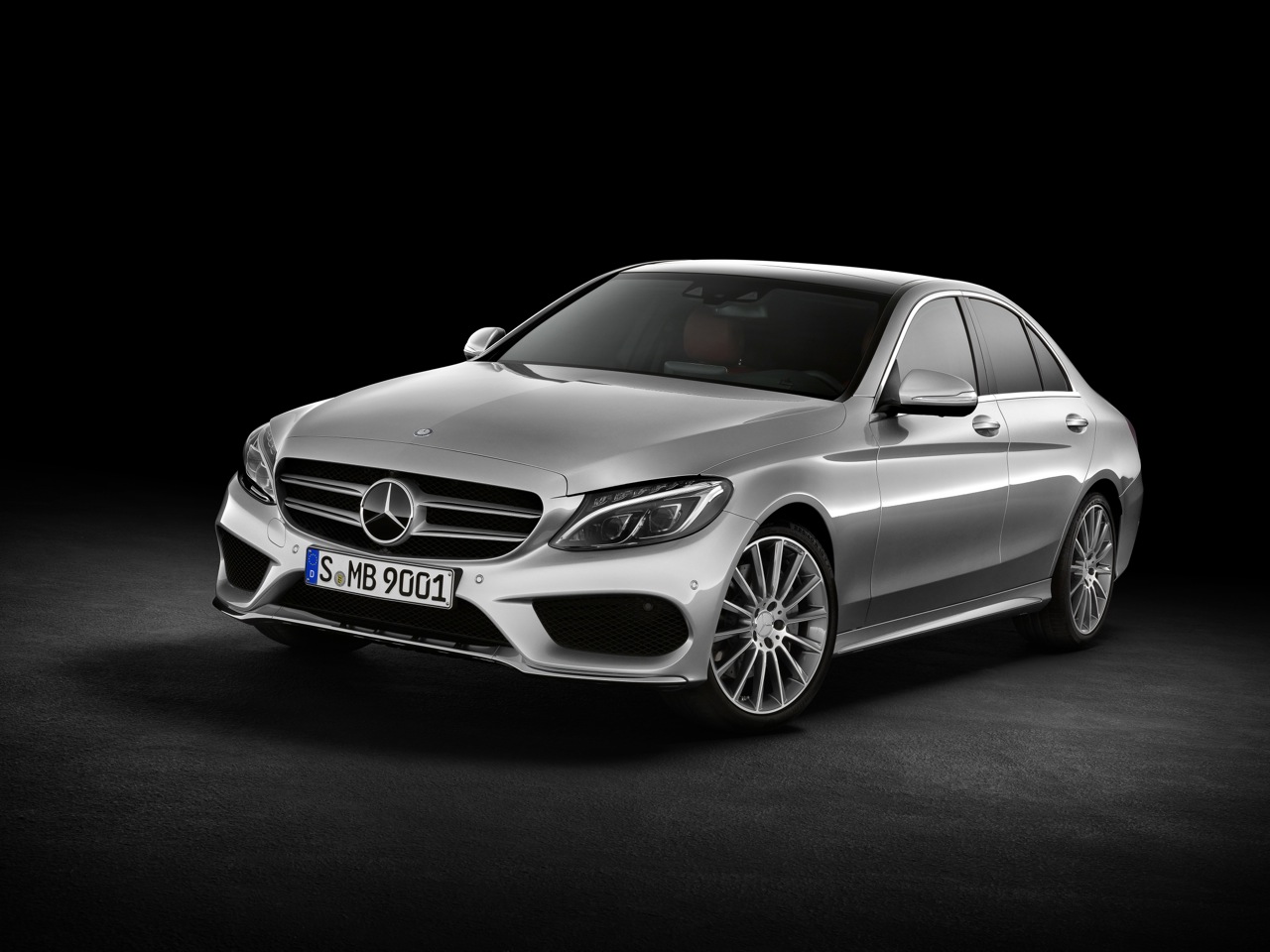
This marketing focus encourages consumers to skip the base model in favor of more visually and technologically impressive versions.
In the end, the base C300 serves as a stepping stone into the Mercedes brand but doesn’t dominate sales figures.
Its pared-down feature set and less engaging driving configuration cause buyers to opt for higher trims, making it one of the base trims that don’t sell better than their top-tier counterparts.
4. Chevrolet Silverado 1500 Work Truck
The Chevrolet Silverado 1500 is a flagship full-size pickup that competes closely with the Ford F-150. Its base Work Truck (WT) trim, designed primarily for commercial and fleet use, consistently trails its higher trims in retail sales.
While the WT trim provides the fundamental toughness and capability Silverado is known for, it lacks the creature comforts and technology that everyday buyers increasingly expect.
The WT trim comes with a no-frills interior featuring vinyl or basic cloth seats, manual windows and locks, and a simple infotainment system with a small display. Steel wheels and minimal exterior styling further emphasize its work-oriented nature.
These stripped-down features appeal mainly to contractors, fleet managers, and business buyers who prioritize utility and durability over luxury or convenience.
For personal-use buyers, trims like the LT and RST offer a much more attractive package, including power accessories, larger infotainment touchscreens, advanced safety features, and premium upholstery.
The cost gap between the WT and these trims is often small once dealer incentives and financing are considered, making the upgraded models much more desirable.
Chevrolet’s marketing efforts and dealer stocking strategies favor the mid- and high-level trims, which cater to retail consumers looking for a more refined pickup experience. Consequently, the WT trim remains popular in fleet sales but sees limited demand in the retail market.
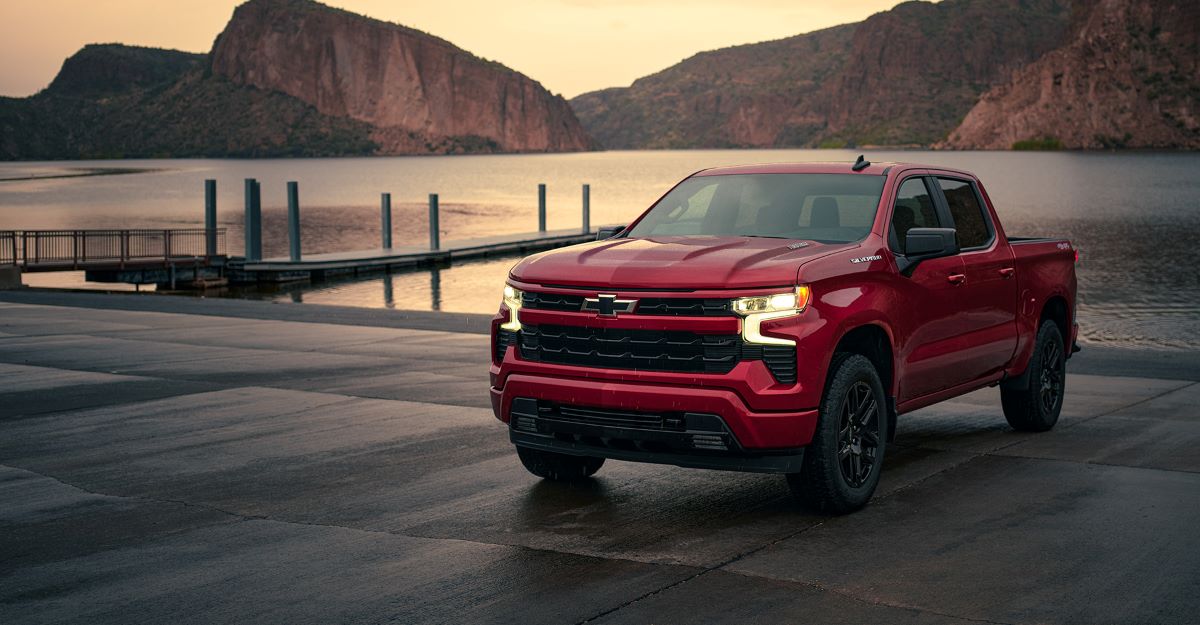
In summary, while the Silverado 1500 Work Truck is an essential base model for commercial buyers, it doesn’t top sales charts among retail customers.
The preference for added comfort, technology, and style means the WT trim consistently sells less than its better-equipped siblings.
5. Honda Accord LX
The Honda Accord is a staple midsize sedan known for its reliability, spacious interior, and well-rounded driving experience. However, within its lineup, the base LX trim often sells less than the higher trims like the Sport, EX, and Touring.
While the LX serves as an affordable entry point, many buyers quickly move up to trims that offer more advanced technology and comfort.
The LX trim is functional but relatively basic. It includes a smaller infotainment screen, lacks Apple CarPlay and Android Auto integration (in some model years), and omits key driver assistance features like adaptive cruise control and lane-keeping assist, which have become almost standard in midsize sedans today.
The interior materials and styling are straightforward, lacking the premium touches that appeal to buyers who spend more time in their vehicle.
Higher trims of the Accord, such as the EX and Touring, pack in a range of modern features—larger touchscreens, wireless phone connectivity, premium audio systems, and enhanced safety suites—which justify the incremental price increase.
The Sport trim adds a more engaging driving experience with a turbocharged engine option and sportier styling cues, attracting buyers looking for a mix of performance and comfort.

Pricing incentives and leasing deals often narrow the price gap between the LX and mid-level trims, making it financially sensible for buyers to step up.
Honda’s marketing also emphasizes the mid and top trims, showcasing their advanced features and technology, which further attracts consumers away from the base LX.
Consequently, the LX trim, despite its affordability and solid foundation, often takes a backseat in sales figures to its more feature-rich siblings.
Buyers are willing to pay more for the additional convenience, connectivity, and safety that higher trims provide, making the Accord LX a base trim that does not sell better than the top trims.
The analysis of base trim sales versus top trim sales reveals a nuanced picture shaped by buyer priorities, vehicle segment, and manufacturer strategies.
In some cases, base trims outperform their higher-trim counterparts because they strike an ideal balance of affordability, practicality, and sufficient features for the majority of buyers.
Vehicles like the Toyota Corolla, Honda Civic, Hyundai Elantra, Nissan Rogue, and Subaru Outback prove that many consumers prefer entry-level models that cover their basic needs without paying for costly upgrades they might not use.
These base trims often come equipped with modern essentials, solid reliability, and a comfortable driving experience that appeals broadly, especially to budget-conscious or first-time buyers.
On the other hand, luxury vehicles and trucks often see stronger demand for mid to high trims, as evidenced by models like the BMW 3 Series 320i, Mercedes-Benz C-Class C300, Chevrolet Silverado Work Truck, and Honda Accord LX.
Buyers in these categories place greater emphasis on performance, technology, safety, and comfort, which base trims frequently lack.
The incremental cost of upgrading is often small relative to the value added, making it a natural choice to opt for trims loaded with premium features.
Additionally, manufacturers and dealers focus marketing efforts on higher trims with more attractive styling and advanced capabilities, influencing buyer preferences.
Another factor influencing trim popularity is the vehicle’s primary customer base. Trucks with base trims designed for commercial or fleet use typically see those trims favored in fleet sales but not among retail buyers seeking more comfort and convenience.
Conversely, compact sedans and crossovers geared toward everyday personal use tend to have base trims that sell strongly.
Ultimately, whether a base trim outsells top trims depends on the vehicle’s market positioning, buyer expectations, and value proposition.
Understanding these dynamics helps manufacturers tailor their offerings and incentives, and aids consumers in making informed purchasing decisions.
The balance between cost and features remains a critical factor shaping trim-level popularity across the automotive landscape.
Also Read: 5 Cars With No Hidden Repair Costs and 5 With Expensive Surprise Fixes

